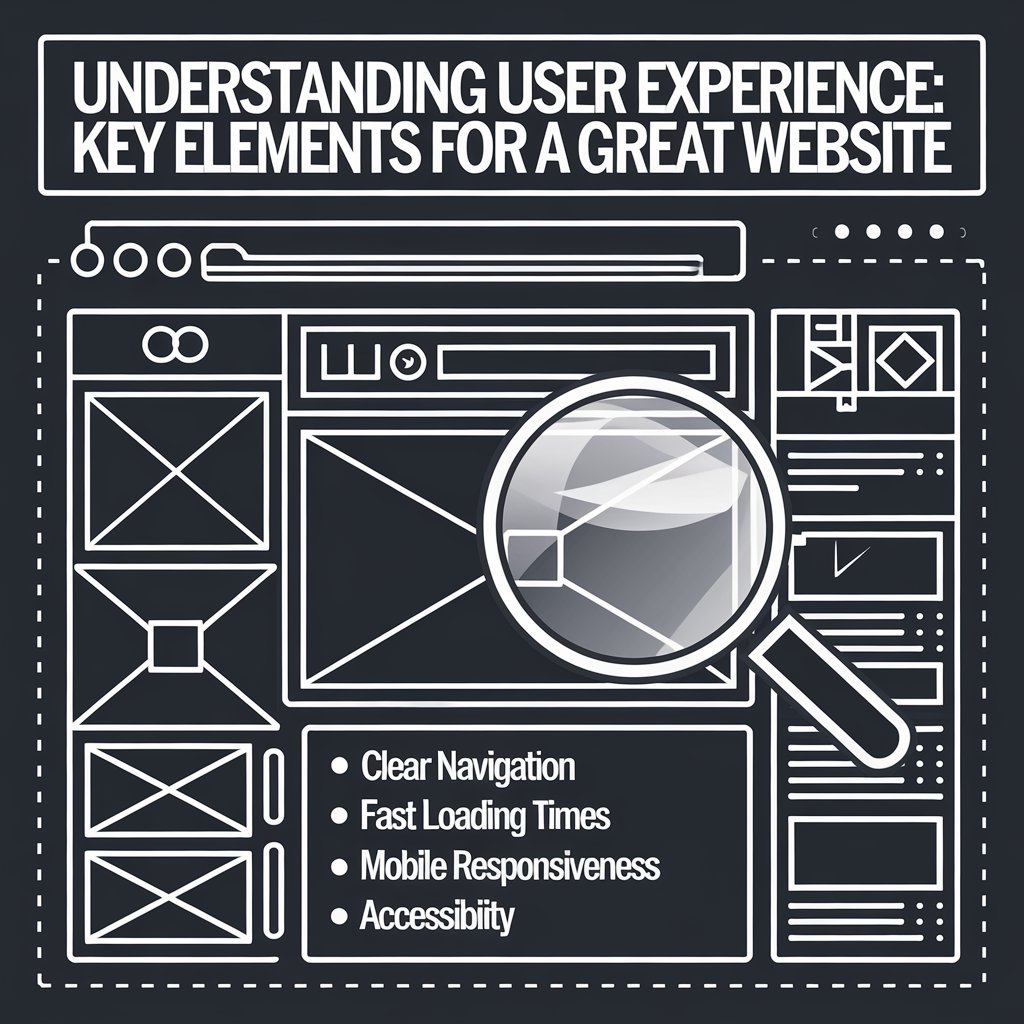Mon, Sep 2, 2024
Read in 3 minutes

Understanding User Experience
In today’s competitive digital era, creating a great website goes beyond just appealing visuals. One of the most crucial aspects is user experience (UX). A website that prioritizes UX not only attracts visitors but also keeps them engaged and encourages them to return. So, what makes a website great from a user experience perspective? Let’s explore the key elements that contribute to an outstanding UX.
1. Impressive Navigation
One of the first things users notice is how easy it is to navigate your site. Impressive navigation means that users can find what they’re looking for without confusion. Clear menus, logical page structures, and a search feature are essential. When visitors can easily browse your content, they are more likely to stay longer and explore more.
2. Responsive Design
With an increasing number of users accessing websites on mobile devices, having a responsive web design is vital. A responsive site automatically adjusts to different screen sizes, ensuring that users have a seamless experience whether they’re on a desktop, tablet, or smartphone. This adaptability enhances user satisfaction and encourages engagement, which is a key focus for any senior front-end developer like me, Rohit.
3. Fast Loading Times
Website speed plays a significant role in user experience. Users expect pages to load quickly; if your site takes too long, they may leave before it even fully loads. Optimizing images, minimizing code, and utilizing content delivery networks can help improve your site’s loading times. A fast website not only keeps users happy but also boosts your SEO rankings, making your website design services more effective.
4. Engaging Content
The content on your website should be engaging and relevant to your audience. Use clear, concise language and break up text with headings, bullet points, and images to make it easy to read. Well-organized content that speaks directly to your visitors’ needs will keep them interested and encourage them to explore further.
5. Consistent Design Elements
A great website features consistent design elements, such as colors, fonts, and button styles. Consistency helps reinforce your brand identity and makes your site look polished and professional. When users recognize familiar elements throughout your site, it enhances their comfort and trust—principles that any UI developer understands well.
6. Strong Calls to Action
Effective calls to action (CTAs) guide users toward the next steps, whether it’s signing up for a newsletter, making a purchase, or contacting you for more information. CTAs should be clear, compelling, and strategically placed to encourage user interaction, enhancing the overall effectiveness of your professional website design.
7. Accessibility
Ensuring your website is accessible to all users, including those with disabilities, is an essential aspect of good user experience. Use alt text for images, provide captions for videos, and ensure your site is navigable using a keyboard. Making your website accessible broadens your audience and demonstrates a commitment to inclusivity.
Conclusion
Understanding user experience is key to creating a great website. By focusing on intuitive navigation, responsive design, fast loading times, engaging content, consistent design elements, strong calls to action, and accessibility, you can enhance your website’s UX. A positive user experience leads to higher engagement, lower bounce rates, and ultimately, greater success for your online presence and website design services.
Ready to improve your website’s user experience? Contact me, Rohit, today for expert guidance from a professional UI developer!



